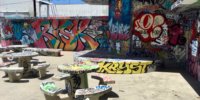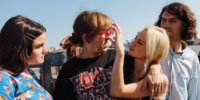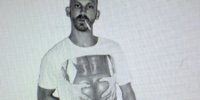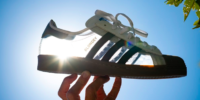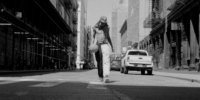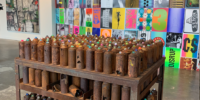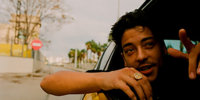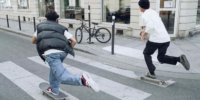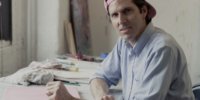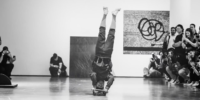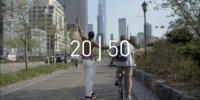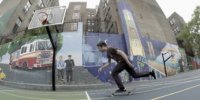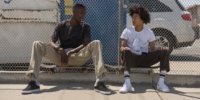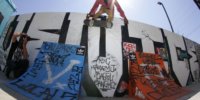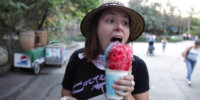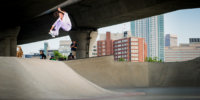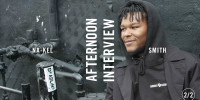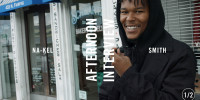Back in the day the iconic Venice Pavilion was famously known as where the, “debris meets the sea.” Over the course of it’s storied life from the 60’s until it’s eventual destruction in 2000, it went through many phases. Starting as a recreation facility it slowly faded into disrepair and became ‘The Pit’ that skateboarders and graffiti artists came to love and call home for all kinds of wild activities. Despite also being a hub for homelessness and gang banging, the Venice Pavilion played a huge role not just in skateboarding and writing, but it also, “epitomizes all the cool shit happening in Southern California,” as Cullen Poythress, the US Communications Manager at Adidas Skateboarding, put it. He helped get this whole recreation right at Beyond The Streets (happening right now in LA) and it’s no surprise as his authenticity in skate and street culture stretches way back. We chatted about how they respectfully recreated the Venice Pavilion, the “good ol’ days” of Venice skating, and more.
WY: Let’s talk about the timing of this installation. Venice has constantly been changing since the 80’s/90’s, but really it’s been the last few years with the influx of tech money, sky rocketing real estate, the Breakwater being overrun with Wavestorm’ers, the nickname ‘Silicon Beach’, the shuttering of iconic bars/restaurants, etc. that have really made locals proclaim that the old Venice is dead. Is this in some way a tribute to a past city and way of life?
CP: Ahhh… No. I never really thought of it that way, but I think what you’re saying is generally true. Venice is undergoing a lot of change, just like a lot of cities and areas in California are. But no, it wasn’t a reaction to that in any way. Our whole motivation to create this was telling the historical story of a place so impactful and important to the development of what we now call modern skate culture and modern graffiti culture and modern music culture. There were so many different people and sounds and styles: the surfers, the punkers, the thrashers, its all these different guys and girls gathered at the Venice pavilion that ended up influencing each other in a lot of different and interesting ways and had a massive impact on multiple movements. From skateboard graphics to what people were wearing and saying and listening to. We really wanted to celebrate how important this place really was. This is Adidas Skateboarding that is supporting the show, so we also wanted to tell this unexplored narrative between skateboarding and graffiti. There are a ton of commonalities between the two art forms and they haven’t really been fully explored I don’t think. Everyone knows that it is there, but this is really an exploration and a celebration of that. Both art forms are inherently illegal. Graffiti writing is all about getting up. How big can you go? How crazy can you go? Skateboarding is the same in many ways. It’s about getting clips where no one else has gotten them. Doing things you really want to get no matter how illegal or dangerous they are. I think there is a mutual respect there. There’s all these different DIY parks and abandoned building foundations and underpasses and places like the Pavilion where skaters and writers co-exist. We build shit to skate, they paint on it. It’s a pretty interesting parallel history that we share.
It’s like doing an NBD at a spot is almost like painting over someone else’s work. By putting down a better trick now that’s what the spot is know for as oppose to who had it before.
Exactly. It’s all about style too. Graffiti puts such an emphasis on style. Wild style. His hand style is so crazy. Their letters are dope or whatever. Skateboarding is the same way. Everyone can do things, but it’s how you do it. It’s how you look when you do it. Style informs both skateboarding and graffiti in a big way.
There is a whole generation now that only knows the Venice Pavilion from Tony Hawk Pro Skater. Is this show giving a more authentic view of its legacy?
Yeah it’s funny you mention Tony Hawk because certainly the Venice Pavilion has shown up in pop culture since it was popular in the 70’s and 80’s. You have it in Hollywood movies and video games now. But I think that’s the reason. It’s sort of like a mecca that is celebrated by everyone as being all things Southern California. Me being from the East Coast I remember seeing images of the Venice Pavilion in skate videos and I’d think, “Man this is everything I think of when I think of LA. There’s surfer dudes, there’s skaters, there’s punk rockers, graffiti guys, all this cool shit is happening.” It was this iconic place that epitomizes all the cool shit happening in Southern California.
Was there still a lot of crossover between the skaters/artists and surfers at this point? Where did the surfers fit in during this whole scene?
Everything I’ve read suggests that there was not a whole lot of differentiation between skaters and surfers in the early days. Pretty much everyone did both. This was Dogtown. This was where surfing came out of the water and street skating sort of was born. Venice and Santa Monica and those areas have this history of being the birthplace of where it all started. Surfing certainly played a major role in all of that.

Within the overlap of skaters and artists back in the day did any skaters make a name for themselves as artists or vice versa?
For sure. There’s so many different examples. Probably the best one is Craig Stecyk. You’ll see his ‘rat bones’ on the wall, which became this iconic symbol in skateboarding. Same thing as what’s now known as the ‘Dogtown Cross’ also created by Stecyk. These are examples of art first appearing on a wall as graffiti before coming into skateboarding. There are countless examples of stuff like that where people have been inspired. The other one I can think of off the top is Eric Dressen; a friend of mine and an icon of Venice Beach. He’s a tattoo artist with that cholo kinda gangster tattoo style. He said a lot of the lettering and stuff that he’s associated with is also associated to Venice because it was part of the art and graffiti language at that time. I have a bunch of Eric tattoo’s and they are all Suicidal style, flipped up hats, Venice beach inspired things. I think people come to him to get those tattoo’s because he has that Venice vibe and its such an iconic vibe that people want that.

Craig Stecyk III “Rat Bones” photo: Sayer
Are we looking back on the Pavilion with rose colored lenses on? It did have it’s problems like violence, homelessness, rollerbladers, gangs, drug addicts, littered with garbage/piss/shit, and worse.
Yeah it’s funny. That’s the one thing that is missing. Everyone recalls how bad it smelt like piss and shit. Everyone I talked to said, “Yeah man that place smelled so bad.” It was a gritty grimy place. There’s broken glass, 40’s. There was gang bangers. There were drugs. And all this stuff happened there too. Obviously we’re not going to do that here at the exhibit, but I guess in that sense yeah, not having that here is the one thing we’re missing. To our credit we did try to make this as authentic to the original as possible. We worked with RISK. Obviously a huge name in graffiti in LA who has all the respect in the world. We brought in a lot of the original writers you see here that were in the scene at the time. All the things you see here are all original. It’s not random people who had nothing to do with this shit. All the architecture is to scale. We were a little bit limited on space, I wish we had more space to make it a bit more skateable, but restrictions dictated that. But we are gonna skate here.


RISK recreates a couple decades later. photo: Beau Roulette
I’m guessing skaters and artists were probably the only ones really “taking care” of the area back then. It probably would have been in more decay without them. Thoughts?
Yeah it’s hard to say because I wasn’t there, but I’d imagine that people saw it being used and it was certainly people who dragged ramps out there and stuff people brought there to make it their own as well. The bank ramps and quarter pipes to wall.
The Venice locals from that time period had a pretty fierce reputation. Were they supportive of this whole art project recreation or do they see it as exploiting a time of their lives?
It all comes down to respect at the end of the day and it’s always something you need to consider. These are real people and this is a real place. Real shit went down here. It’s not just for the taking. You have to have an understanding and a reverence for the history. And that comes with pulling in the right people and telling the right people what you’re up to. In our experience Roger Gastman, the shows curator, brings in a huge amount of relationships from the graffiti world. I bring in a lot of relationships in the skateboard world. To be honest I talked to a lot of people about it because we do need to be sensitive and as careful as we can about telling the story because it’s a story that’s important to a lot of people. Telling it right was priority one from the beginning. And yeah, we’ve gotten nothing but respect and many came out to work on it.




Adidas Skateboarding’s recreation at Beyond The Streets. photo: Beau Roulette



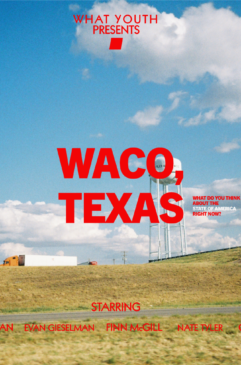
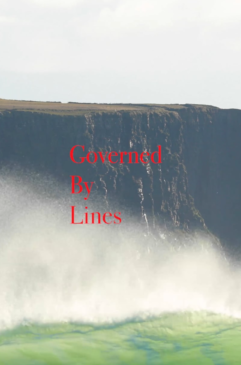
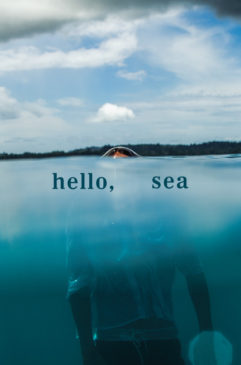
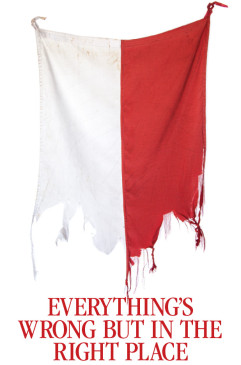
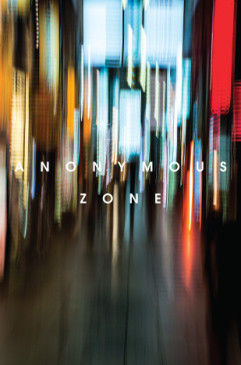
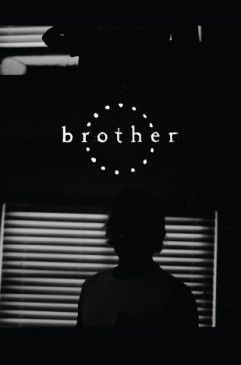
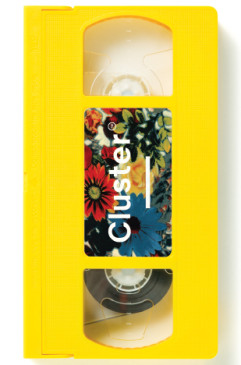
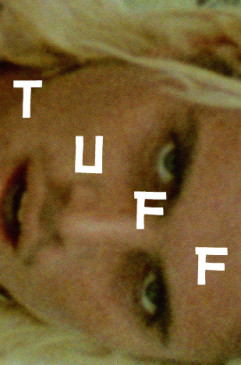
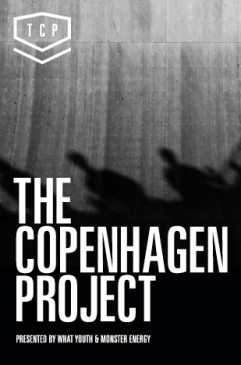
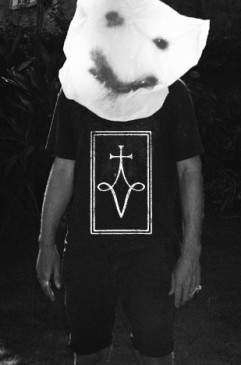
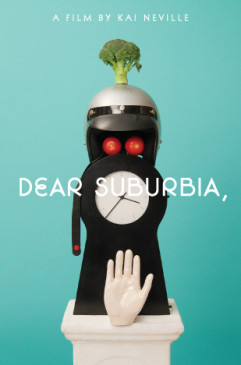
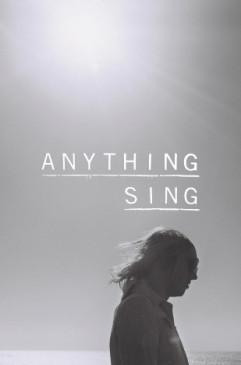


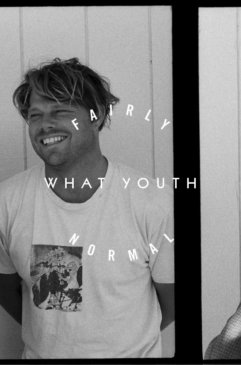
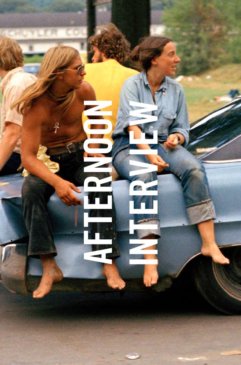
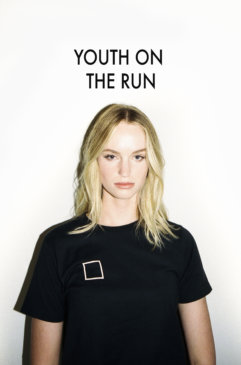
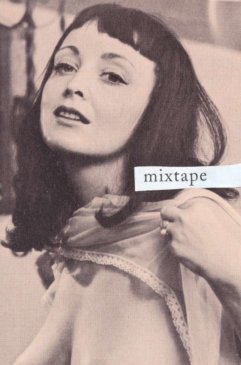
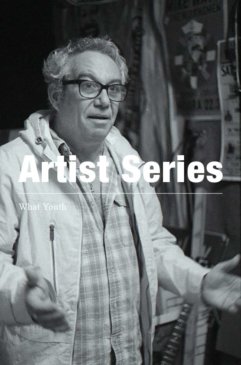
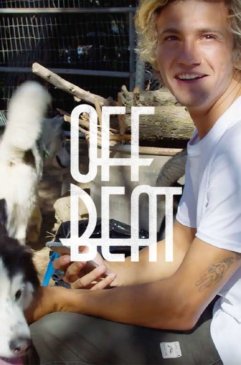
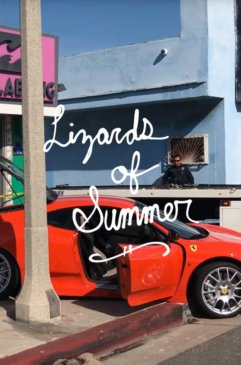

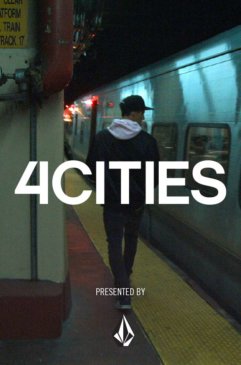
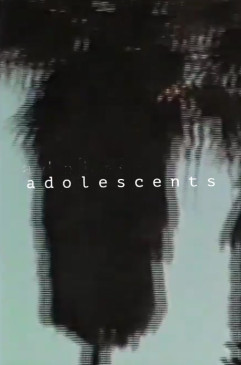
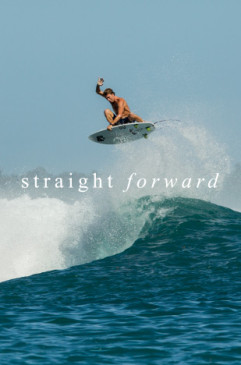
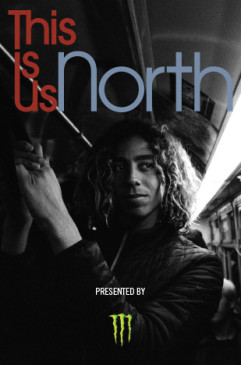
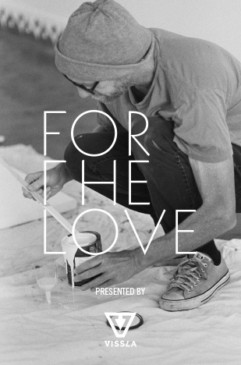
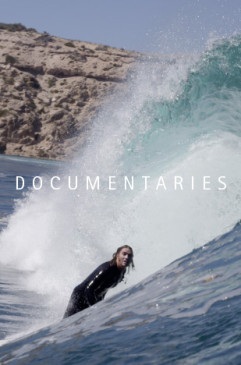
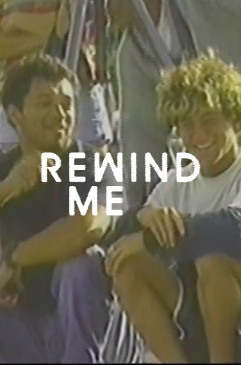
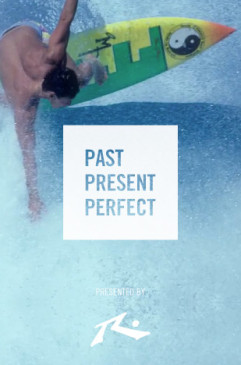
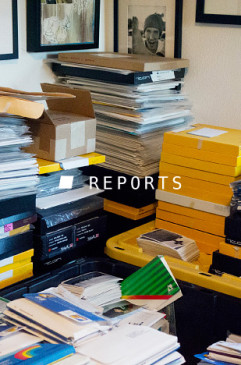
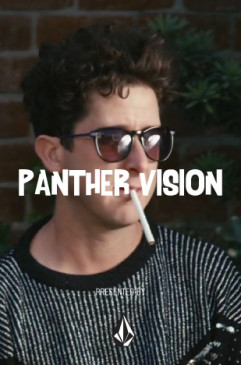
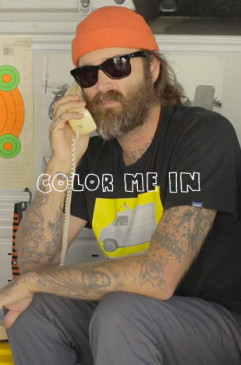
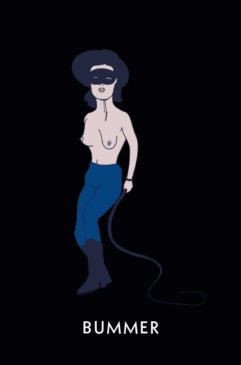
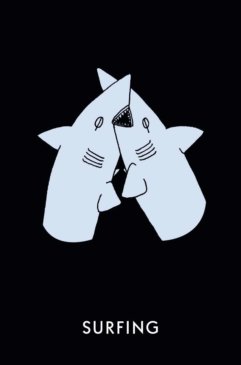
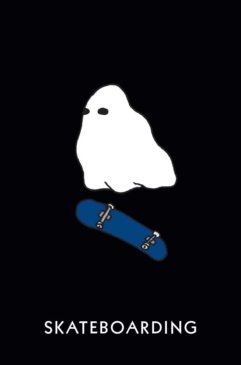
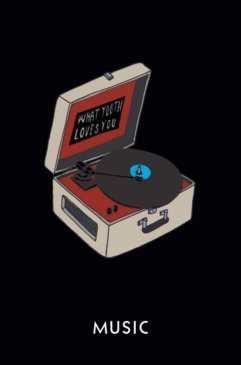
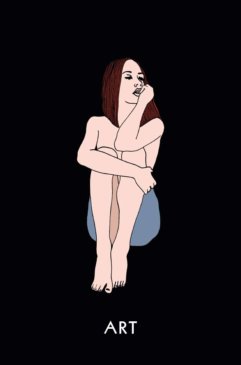
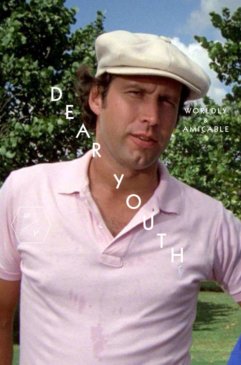
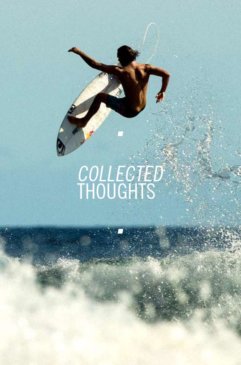


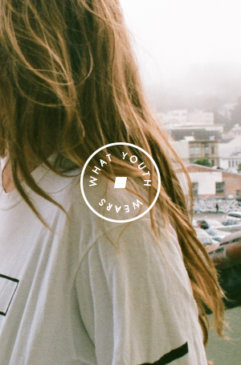

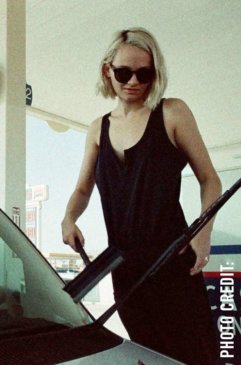


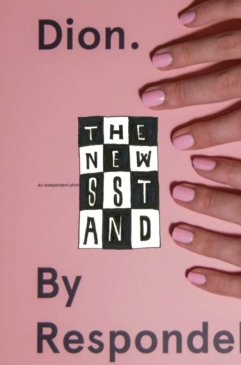
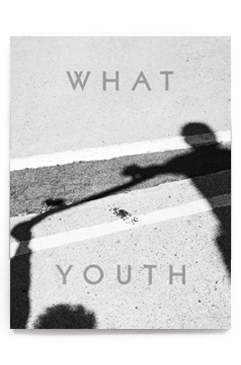
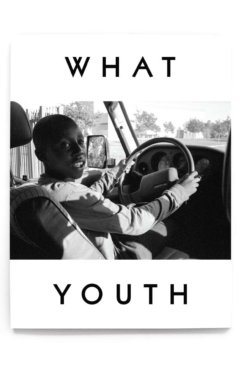
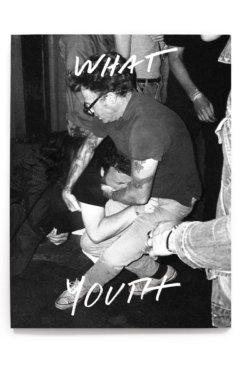
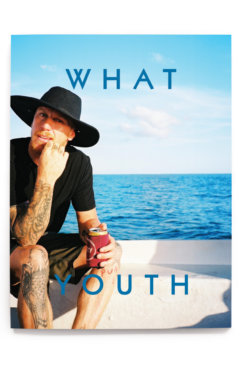
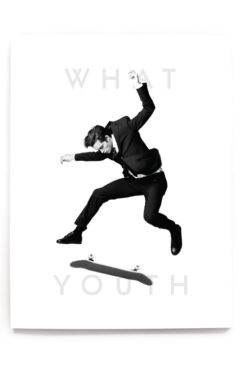
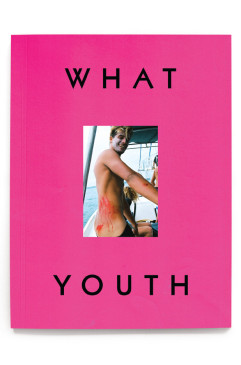
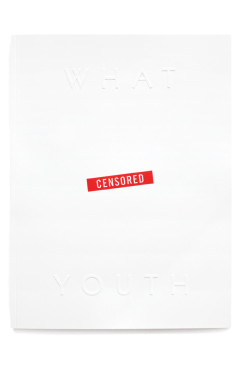
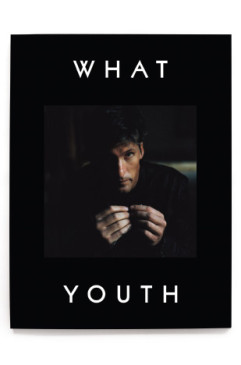
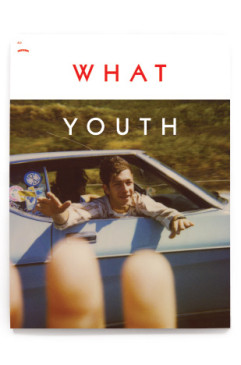
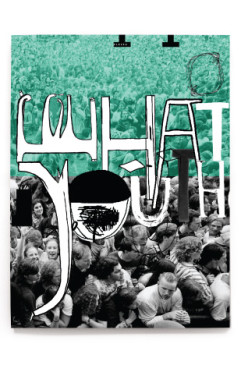
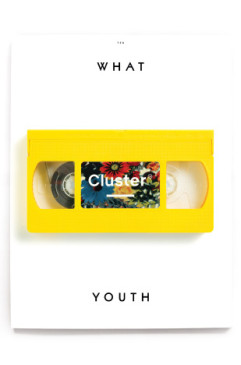
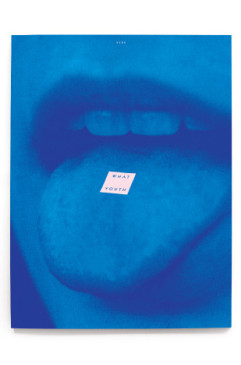
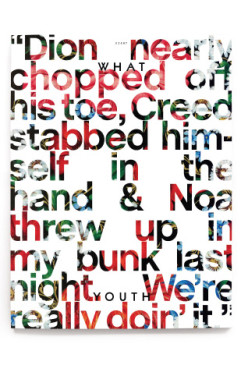
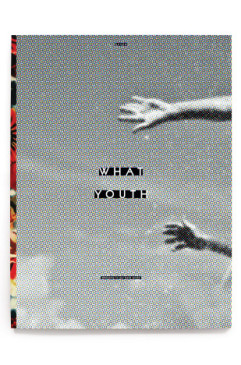
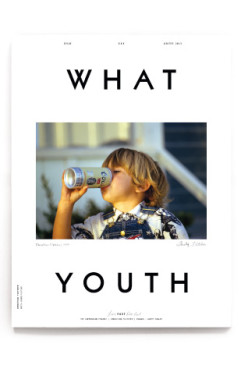
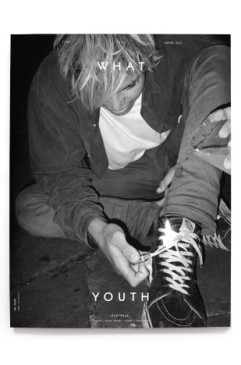
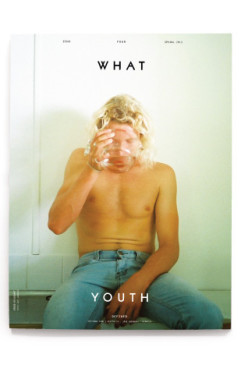
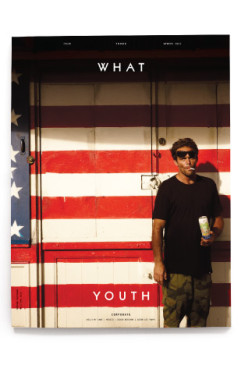
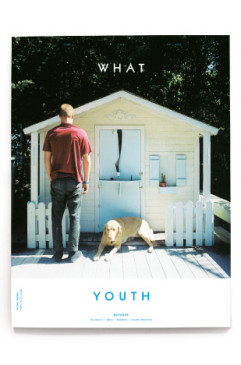
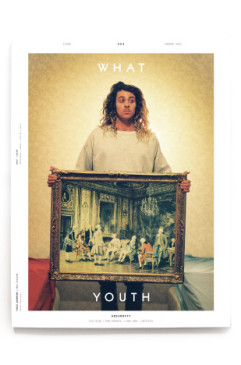
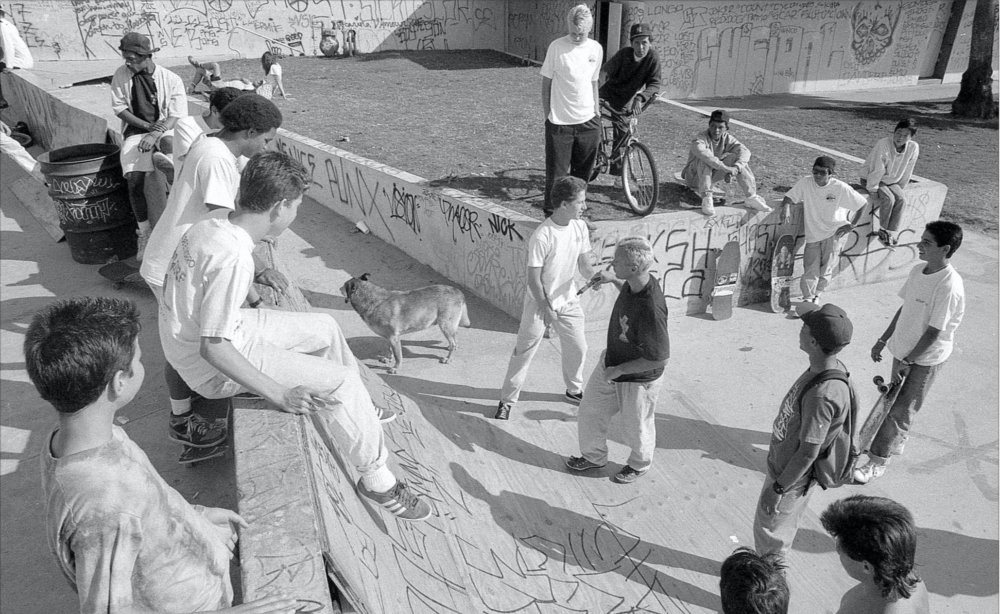
 NXT
NXT 
